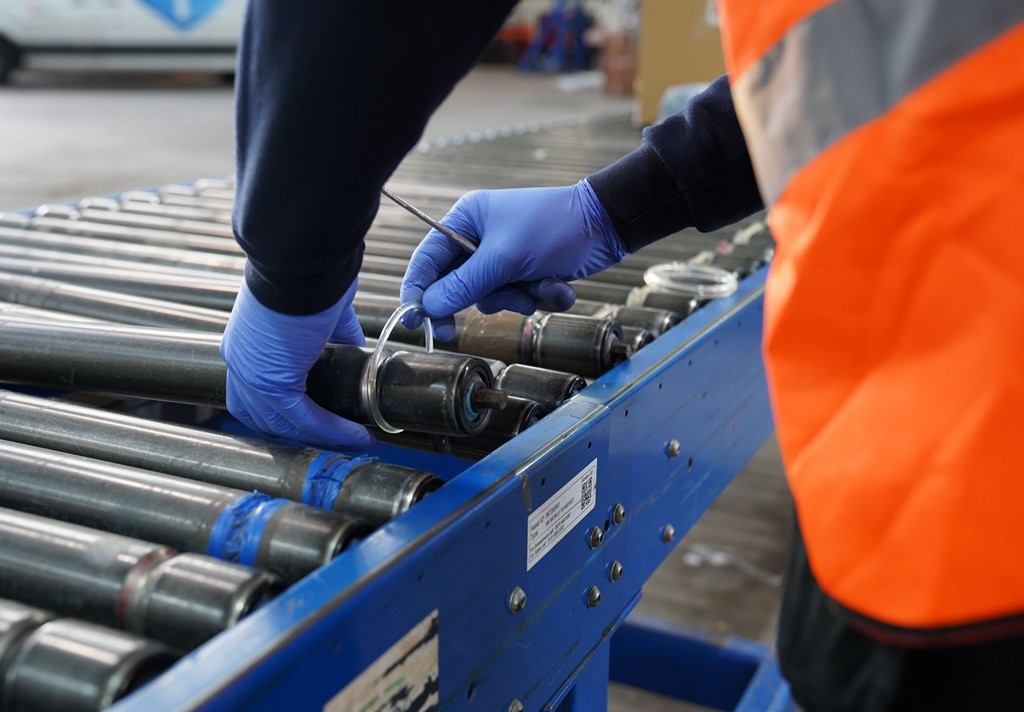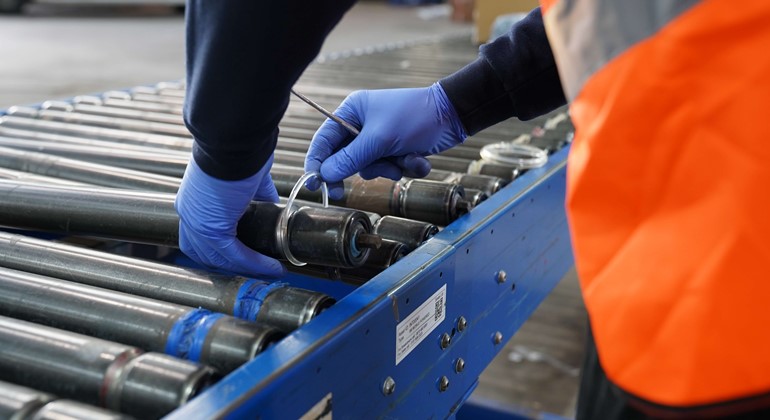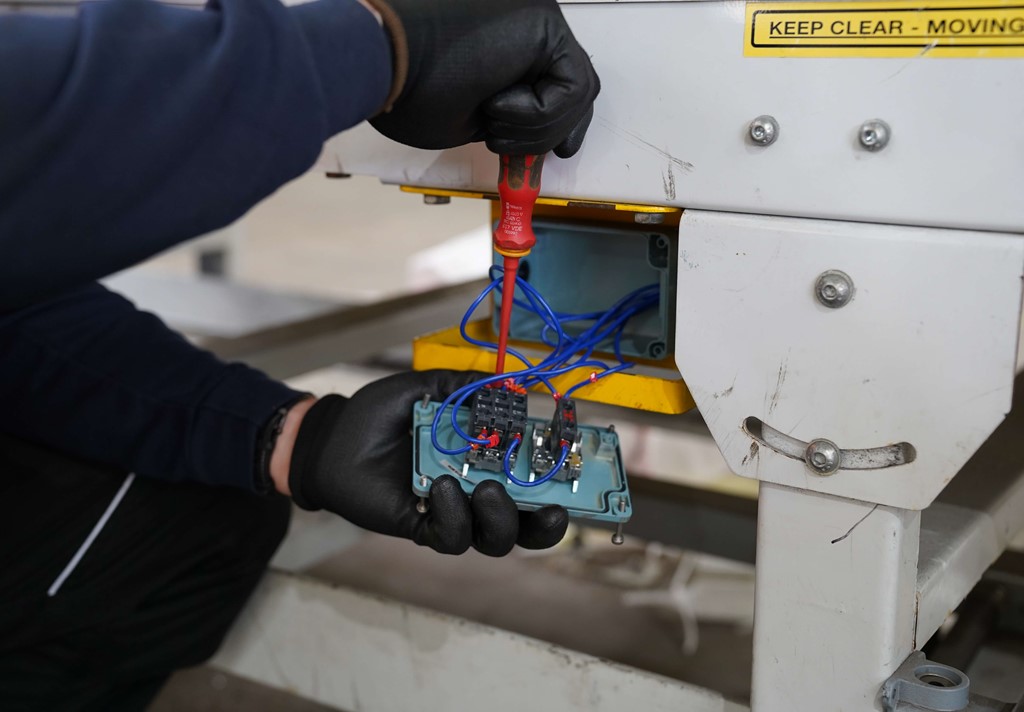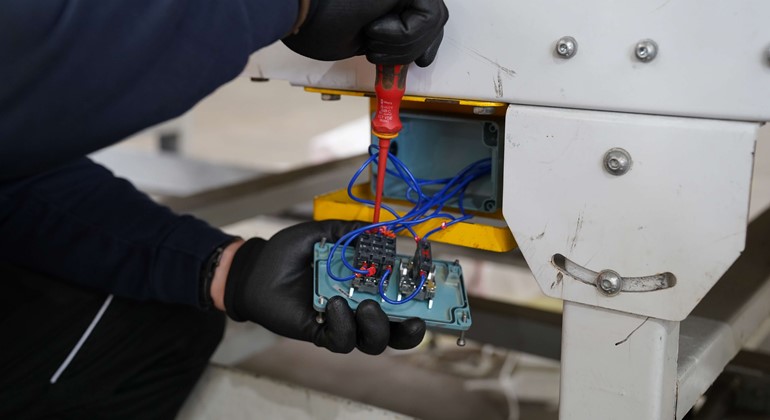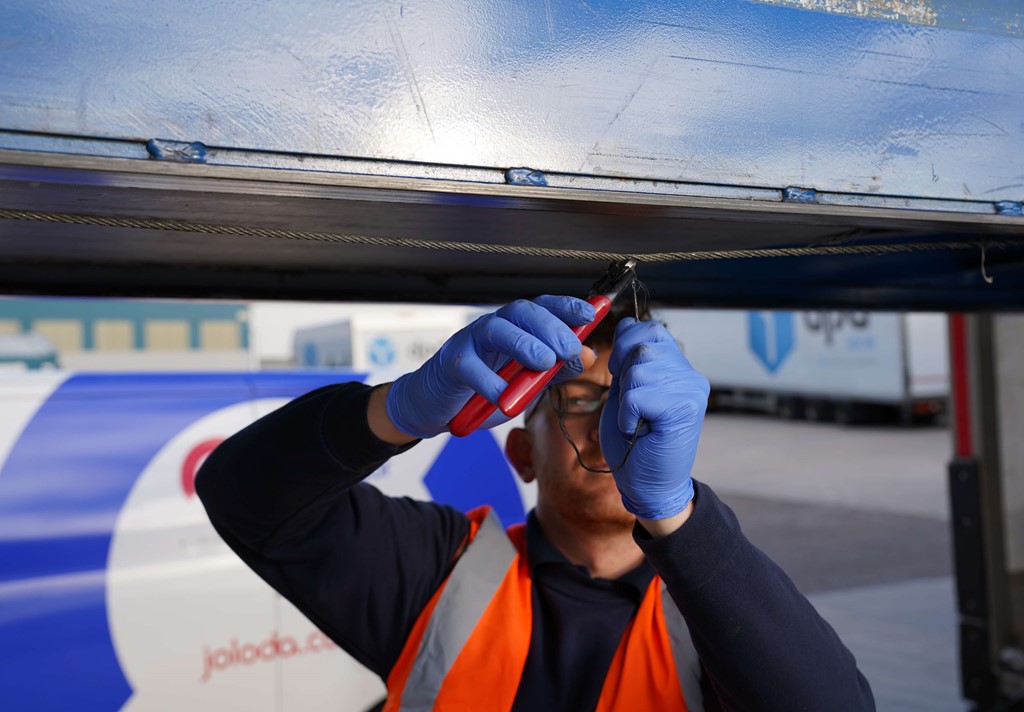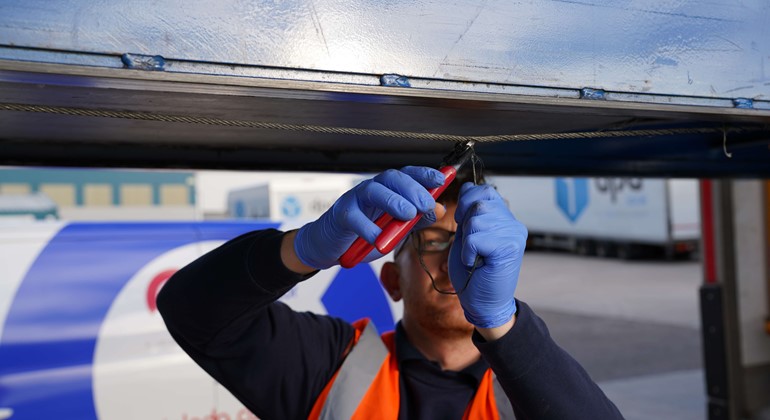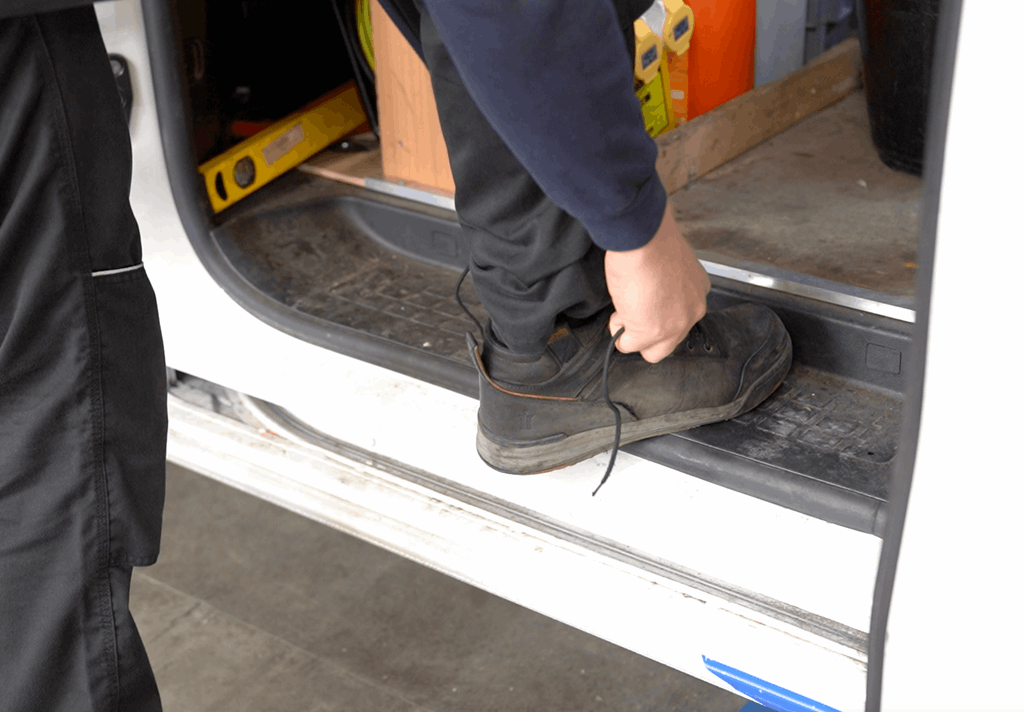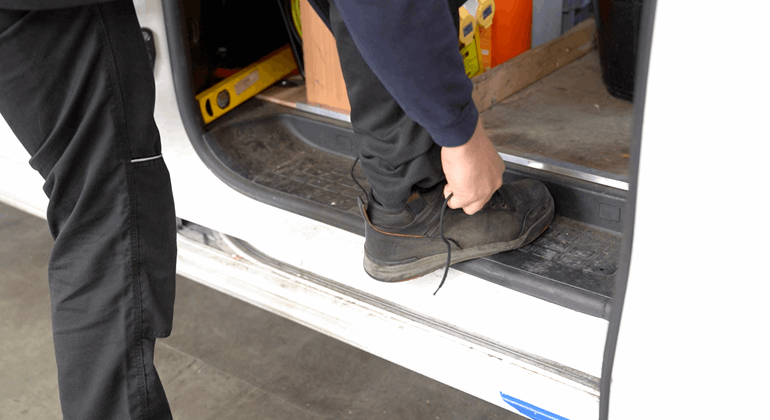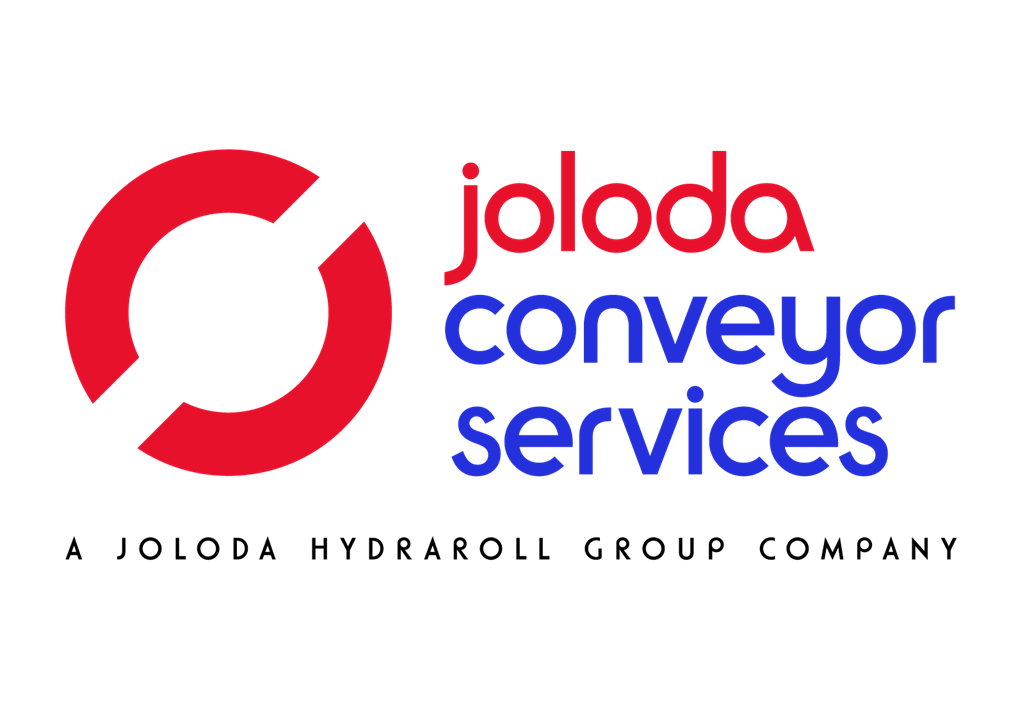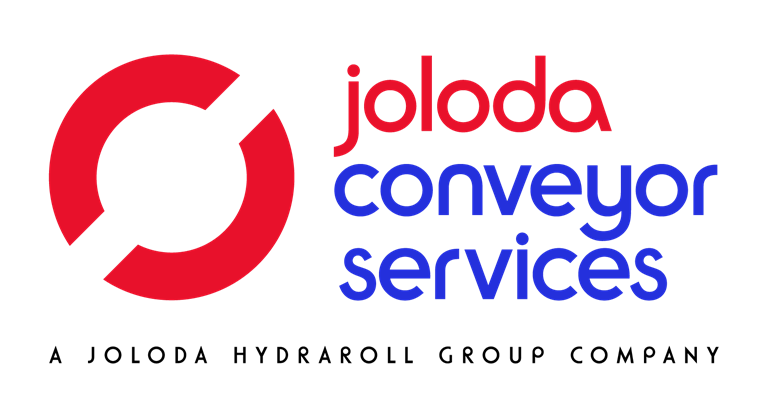Performing a risk assessment is essential in identifying potential hazards and implementing appropriate measures to mitigate risks associated with conveyor safety in the workplace. Start by identifying all potential threats related to conveyors, as seen in the previous paragraphs.
Once you have identified the dangers, determine the likelihood and severity of potential injuries or accidents. This will help you prioritise which hazards to address first and which mitigation measures to implement.
The following step is to assess the current controls' effectiveness in mitigating the identified risks. It may include emergency stops, warning signs and training programs.
Based on the assessment, develop additional or improved controls to address the identified problems. These involve machine guarding, regular maintenance, inspections, and employee training and awareness programs.
Put in place the new controls and monitor their effectiveness regularly. Among the activities are ongoing inspections, audits and employee feedback.
It is vital to involve all relevant staffers in the risk assessment, especially those who operate conveyors or work near them.


